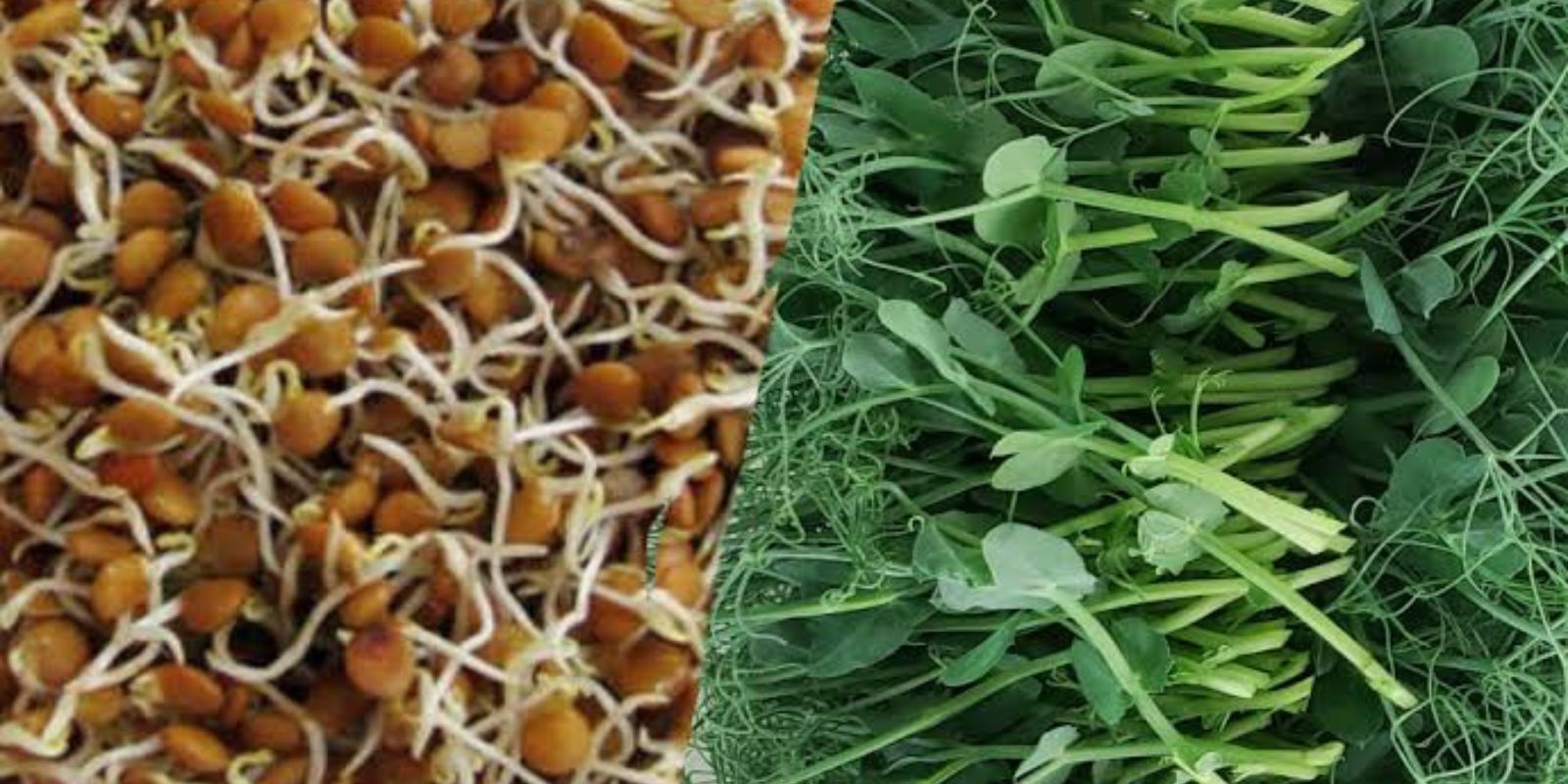There’s something truly magical about growing your own fruit trees, especially when they come from the seeds of fruit you’ve enjoyed. Pear trees are a delightful addition to any garden, offering sweet, juicy fruit and a beautiful aesthetic. While many gardeners buy saplings, you can grow your very own pear tree from a store-bought pear! It’s an affordable, sustainable, and rewarding project that anyone can undertake, even with minimal gardening experience.
This guide will walk you through the step-by-step process of growing a pear tree from the seeds of a pear fruit, from seed preparation to nurturing your tree into a fruitful part of your garden.
Why Grow a Pear Tree from a Seed?
Growing a pear tree from seed offers numerous benefits:
- Cost-Effective: You only need a ripe pear, some basic materials, and patience.
- Sustainability: Reuse seeds from leftover fruit instead of discarding them.
- Rewarding Experience: Watching a tree grow from seed is deeply satisfying.
- Aesthetic Appeal: Pear trees add beauty to your garden with their lovely blossoms and shade.
- Nutritious Harvest: Enjoy fresh, homegrown pears straight from your tree.
While it’s true that growing a tree from seed takes longer than planting a sapling, the journey is worth it for gardeners seeking a meaningful project.
Step-by-Step Guide to Growing a Pear Tree from a Pear Fruit
1. Choose the Right Pear
The first step is to select a ripe, healthy pear. Choose an organic pear, as some commercially grown pears are treated to prevent seeds from germinating. Popular varieties like Bartlett or Anjou are excellent choices.
2. Extract the Seeds
Cut the pear open and carefully scoop out the seeds. Rinse them under running water to remove any fruit pulp, which can cause mold during germination. Pat the seeds dry with a paper towel.
3. Stratify the Seeds
Stratification is a cold treatment process that mimics winter conditions and encourages germination. Here’s how to do it:
- Wrap the seeds in a damp paper towel.
- Place the paper towel in a resealable plastic bag.
- Label the bag with the date and variety of the pear.
- Store the bag in the refrigerator for 8–12 weeks.
Check periodically to ensure the paper towel remains damp but not soaked. After the stratification period, the seeds will be ready to plant.
4. Prepare the Planting Medium
Use a small pot with good drainage and fill it with nutrient-rich, well-draining soil. A mix of potting soil and compost works well. Make sure the soil is moist but not waterlogged.
5. Plant the Seeds
- Remove the seeds from the refrigerator and let them sit at room temperature for a day.
- Plant each seed about ½ inch deep in the soil.
- Cover the seeds lightly with soil and gently press it down.
6. Provide Ideal Growing Conditions
Place the pots in a warm, sunny location. If growing indoors, use a south-facing windowsill or grow lights. Maintain the soil moisture by watering regularly but avoid overwatering.
7. Monitor Germination
Germination can take several weeks, so patience is key. Once the seeds sprout, they’ll begin to develop into seedlings with tiny leaves.
8. Transplant the Seedlings
When the seedlings are 4–6 inches tall and have several sets of leaves, they’re ready to be transplanted. Here’s how:
- Choose a larger pot or a spot in your garden with well-draining soil and plenty of sunlight.
- Gently remove the seedling from the original pot, taking care not to damage the roots.
- Plant it in its new location, covering the roots with soil and watering thoroughly.
9. Care for Your Pear Tree
- Watering: Young trees need consistent moisture but avoid overwatering.
- Fertilizing: Use a balanced fertilizer during the growing season to promote healthy growth.
- Pruning: Prune the tree annually to encourage a strong structure and remove dead or damaged branches.
10. Patience is Key
It can take 4–8 years for a pear tree grown from seed to bear fruit. While this might seem like a long wait, the result is worth it. Plus, the tree provides beauty and shade in the meantime.
Challenges of Growing Pear Trees from Seeds
Growing a pear tree from seed comes with a few challenges:
- Fruit Quality: Trees grown from seeds may not produce fruit identical to the parent pear. The fruit might be smaller or less sweet, but it’s often still delicious.
- Time: Growing from seed takes longer than planting a sapling.
- Cross-Pollination: Pear trees often require another pear tree nearby for pollination. Consider planting a second tree or choosing a self-pollinating variety.
Benefits of Growing Pear Trees
Despite the challenges, pear trees are a fantastic addition to any garden. Here’s why:
- Eco-Friendly: Trees improve air quality, provide shade, and support local ecosystems.
- Beautiful Blooms: In spring, pear trees produce stunning blossoms that attract pollinators like bees.
- Bountiful Harvest: Once mature, your tree will produce pears for years to come.
- Homegrown Taste: Nothing beats the flavor of pears you’ve grown yourself!
Tips for Success
- Start with Multiple Seeds: Not all seeds will germinate, so plant several to increase your chances of success.
- Protect Young Trees: Shield your young tree from pests and harsh weather conditions with proper coverings or barriers.
- Practice Patience: Growing a pear tree from seed is a long-term project, but the results are worth the wait.
Conclusion
Growing a pear tree from a pear fruit is an exciting and fulfilling journey. While it requires time and patience, the rewards are immense—beautiful blossoms, homegrown fruit, and the satisfaction of knowing you nurtured the tree from seed to harvest.
So, why not give it a try? Start your pear-growing journey today and watch the magic unfold in your garden.
Are you ready to grow your own pear tree? Share your experience and inspire others to join the gardening movement!
🍐🌳 #GrowYourOwn #FruitGardening #PearTree #GardeningTips #SustainableLiving #HomegrownHarvest #GardeningInspiration

